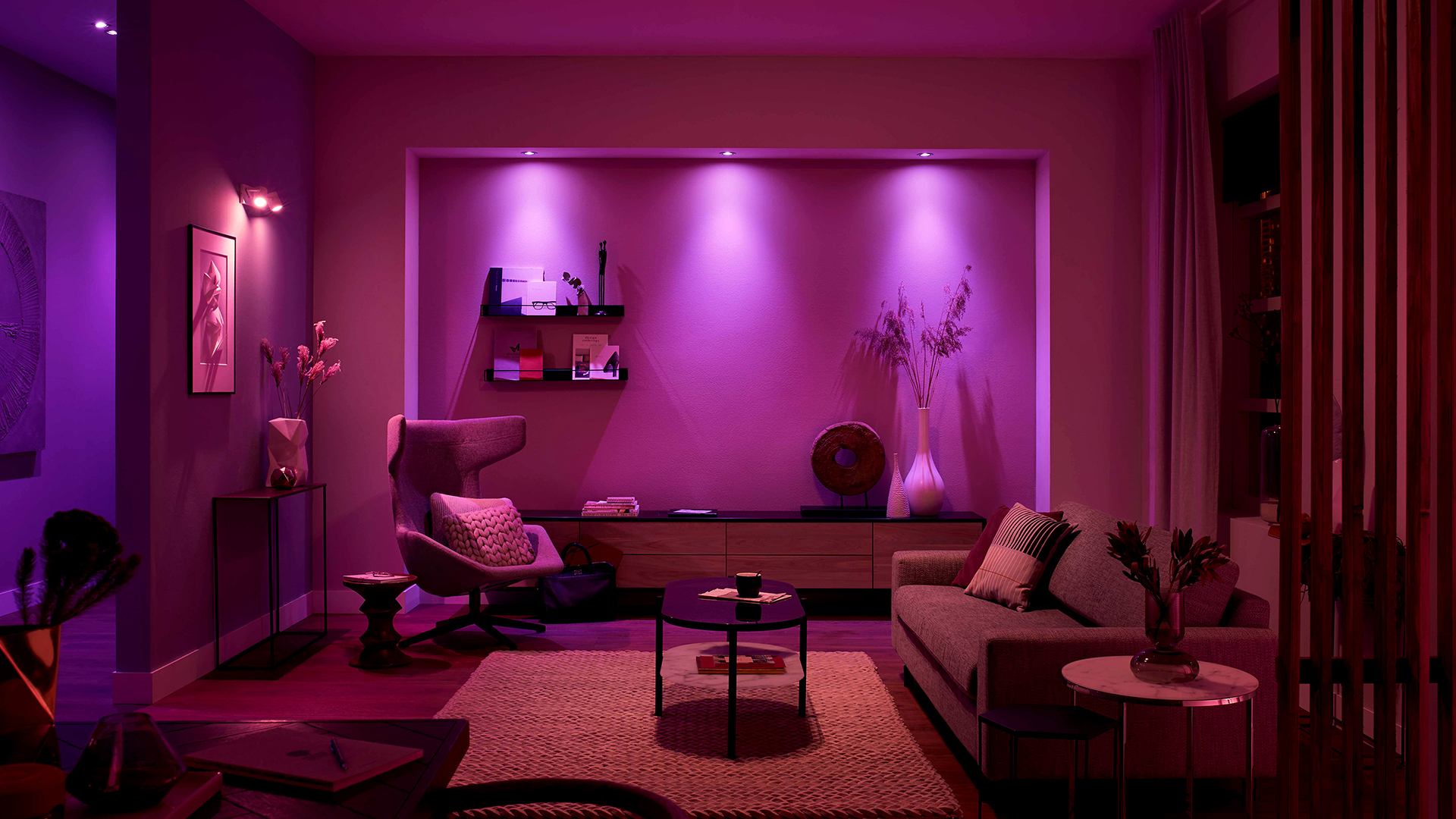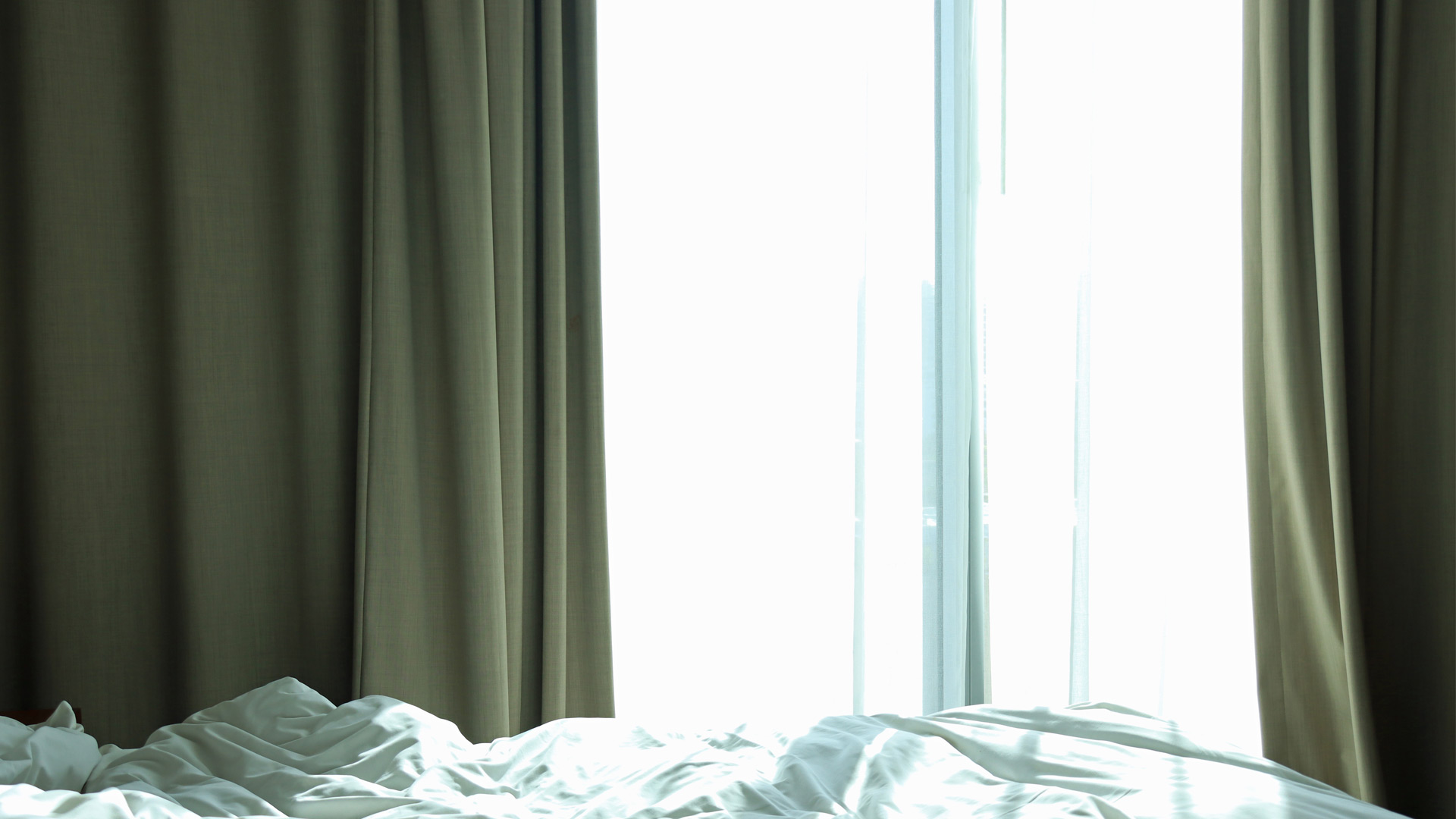Looking to improve your bedtime routine for a more restful sleep? We’ve found the best color smart lighting for sleep and how you can create this in your own bedroom.
Marking Sleep Awareness Week 2021, we’re bringing you all the advice on how to improve your all-important slumber time, and explaining the effects it can have on your overall wellbeing. With everything from how to make your own bed socks to improve your sleep, to debunking sleep myths, we’ve got all the handy hints and tips for making sure you get some great quality shut eye.
Staying asleep is one thing, however, for many, it’s the struggle of getting to sleep in the first place. And while many think to steer clear of technology before bed, there’s actually plenty of ways you can use it to your benefit. With the best smart lights, you can create an ambiance in your home that’s relaxing, invigorating, or simply comfortable for things like reading and watching a movie. But what’s the best color smart lighting for sleep and how can you achieve it with ease?

What is the best color lighting for sleeping?
According to sleep.org, red is the best color for when you’re trying to get to sleep. This is due to its warmth and because it doesn’t disrupt the production of melatonin - the hormone in your brain which will make you feel more sleepy and ready for bed.
It’s commonly known now that blue light can be disruptive to your bedtime routine and that’s because your retinas are more sensitive to cooler colors such as blue and white. Creating an environment of warmth (think reds and oranges) doesn’t necessarily promote sleep, but instead, prevents any disruption to your body’s natural circadian rhythm, which you can think of as an internal clock.
Creating ambient lighting for sleep is pretty easy if you have a smart bulb such as the Philips Hue Color Ambiance. These bulbs can be controlled from your smartphone and you can choose from a huge variety of colors to set the ambiance for your bedtime routine.
It’s not just getting to sleep that lighting can help with either. These bulbs can be set to wake you up too, gradually increasing the brightness in your room until you’re awake. If you’re looking for something to specifically take care of waking you up though, we’d recommend taking a look at the best sunrise alarm clocks.
Aside from lighting itself, even the color of your decor can affect how you feel before going to bed. In our recent feature on how to add color to your home, we discovered that a great way to add vibrance to a bedroom without disrupting your sleep is to apply the main pops of color behind your headboard and to keep calmer, more subtle colors on the walls you can see when you lie in bed.
Of course, aside from the decor, getting your bedding essentials sorted will be crucial for enjoying good quality sleep each night. For more on this, take a look at our round ups of the best mattress online and the best pillows for sleeping.

Are dark rooms best for sleeping?
According to sleepfoundation.org, making your room darker “promotes sufficient, restorative sleep.” That’s because there won’t be bright lights that affect your body’s process of creating melatonin. We talk about this more in our feature pondering why is sleep important.
Before you go to bed, ensure your windows are covered sufficiently with blackout blinds or good quality, thick curtains.
How to make your room darker
If you want to make sure your bedroom is nice and dark ready for a good night’s rest, then consider investing in some good quality blackout blinds, or thick curtains. You can even have both if you want to ensure that no light sneaks into your room.
If you choose just to have curtains, consider a curtain rail that wraps right around to reach the wall, this is because it prevents light from getting in around the sides of the curtains.
Sometimes, however, blackout window dressings can be really expensive and if you’re working to a tight budget and need a more affordable fix, consider backing your existing curtains with thick fabric using one of the best sewing machines.
It goes without saying that lighting is key, as we’ve mentioned above but if you’re someone who gets out of bed during the night, consider investing in some low lighting or motion sense under-bed lighting. This will allow you to safely make your way across the room without waking yourself and others up too much.
If all else fails, an eye mask is a good investment for blocking out all light in your bedroom. However, don’t count out simple fixes such as rearranging the position of your bed so that you’re not facing any glaring light sources when you’re trying to sleep.

